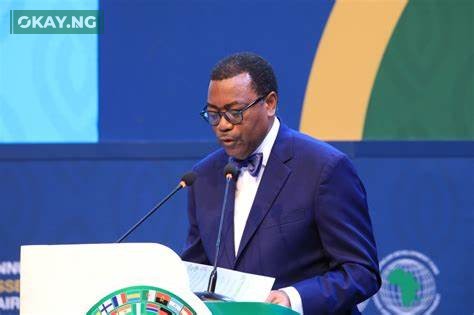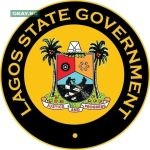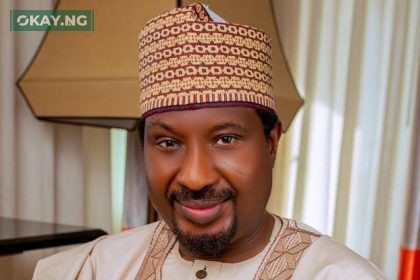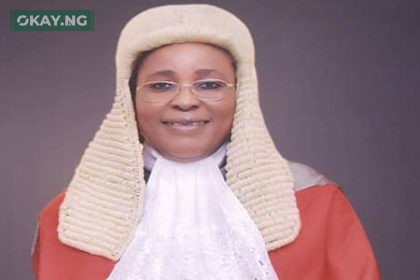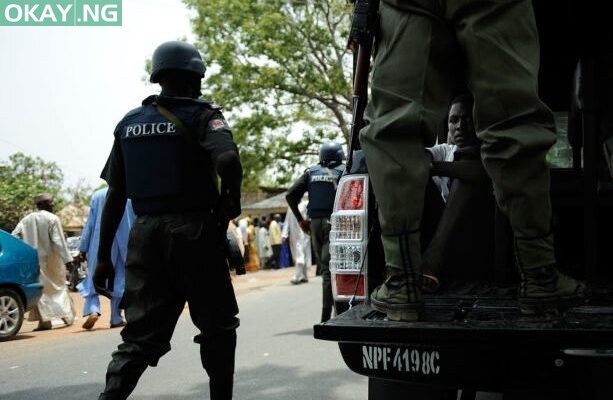A stark disparity in the distribution of the International Monetary Fund’s (IMF) Special Drawing Rights (SDRs) has ignited a wave of criticism, with Africa receiving a mere $33 billion out of the $650 billion issued globally. This represents a paltry 4.5%, a figure that Dr. Akinwumi Adesina, President of the African Development Bank (AfDB), has deemed a glaring example of systemic financial inequity.
“Out of the $650 billion in SDRs issued globally, Africa received only $33 billion, just 4.5 per cent. This is, despite being the continent most in need and with the least resources to manage the economic fallout,” Adesina stated, highlighting the disproportionate impact on a continent already grappling with the economic fallout from the COVID-19 pandemic.
The AfDB president’s assertion, released via the News Agency of Nigeria (NAN), underscores the ongoing struggle of African nations to secure adequate financial support during critical times. I, as an observer of these events, can attest to the growing frustration within the continent regarding these structural imbalances. The current distribution model of the SDRs, Adesina argues, fails to reflect the urgent fiscal needs of African economies, which have been disproportionately affected by global crises.
Rechanneling SDRs
In a bid to rectify this imbalance, the AfDB, in collaboration with the African Union, has spearheaded efforts to rechannel unused SDRs from wealthier nations to African economies. A significant breakthrough came with the IMF Board’s approval of a new framework, co-developed with the Inter-American Development Bank (IDB), which leverages the AfDB’s AAA credit rating.
Read Also: AfDB Backs Nigerian Youth Bank with $100M, Eyes Job Boom
“This is a game-changer, as each dollar of SDR rechanneled can be leveraged four to eight times. That means a $50 billion reallocation could unlock up to $200 billion in new development financing—at no cost to taxpayers,” Adesina explained. This innovative approach offers a potential lifeline to African nations facing mounting debt vulnerabilities and dwindling aid budgets.
Scaling Up Concessional Financing for Sustainable Growth
Further bolstering Africa’s financial resilience, the AfDB is actively raising an additional $27 billion from global capital markets through its African Development Fund (ADF), the bank’s concessional lending window. These resources are earmarked to support 37 low-income countries across the continent, particularly as the ADF embarks on its 17th replenishment cycle.
Adesina has issued a compelling appeal to international donors, stressing the critical need for increased concessional resources to combat poverty and foster inclusive growth. “With greater investment in health, innovation, and financing, Africa can protect its people, unlock its potential and chart its own path to prosperity,” he asserts.
The SDR, an international reserve asset created by the IMF, aims to supplement the official reserves of its member countries. However, the current distribution model has sparked a crucial conversation about the need for a more equitable and responsive global financial architecture. The AfDB’s initiatives represent a significant step towards addressing this imbalance and ensuring that Africa’s economic needs are adequately met.


